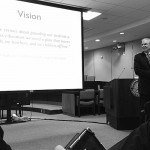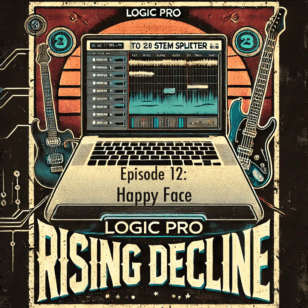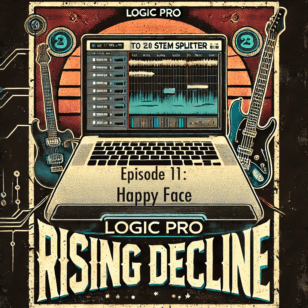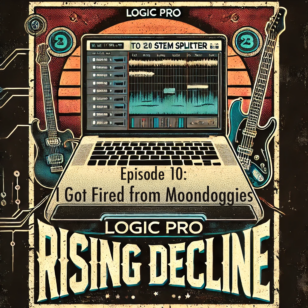
State Superintendent Tom Torlakson invited me to join his newly created Education Technology Task Force. The #edtechtaskforce will recommend how to
improve teaching & learning powered by technology, leaving no child left offline.
Overview
Our first meeting was March 20 at the California Department of Education. Superintendent Torlakson began the meeting saying, “Technology is a big game changer.” It’s refreshing to hear that he already views technology in the classroom as mandatory. Our conversations aren’t about if we need technology in the classroom, but how do we implement. His vision is to extend the walls of the classroom through technology, and bring 21st Century tools into California’s classrooms.
We will create an action document, not a static plan. The previous education technology plan is already six years old; we will give him a hot-off-the-press plan to take to the legislature. We will look at the federal plan for technology, see what makes sense, and recommend concrete goals for the superintendent to take to the Capitol. He is looking for an agile use of technology–as an example, digital textbook adoptions should take one year, not six years (like it currently does).
There are 48 people on the Education Technology Task Force, including teachers, administrators, technology directors, superintendents, and researchers. Before the group met face-to-face, I already knew Mike Lawrence, Ken Shelton, Robert Craven, and Tory Temple through regional ed tech circles. Seeing the group as a whole, I am astounded by the diversity and the talent, from Esther Wojcicki who helped found Creative Commons, to Richard Quinones, LACOE’s CTO of Technology Services. With expertise in this many different backgrounds, I am confident that our action plan will be not only well-balanced, but also forward-thinking.
Our task force is divided into four subgroups: Learning, Teaching, Assessment, and Infrastructure. I am in the Teaching work group, where our task is to recommend ways to support educators that are integrating technology. We get to examine teacher and admin standards, as well as the tech support needs, and recommend how to improve the state of technology in the classroom.
I was shocked at the aggressive timeline this task force is on–we will have a memo written to the state superintendent by July 2012. This memo is about technology implementation, not about its efficacy. Superintendent Torlakson will take the memo, draft an action plan, and take it to the legislature in fall, with the goals being implemented in 2012.
Contribute
You can also follow @edtechtaskforce and task force members on Twitter. The groups’s hashtag is #edtechtaskforce. You can share the news release as a PDF, or share it on Facebook. If you want to submit input, visit comment.edtech.myboe.org. My BOE is promoting themselves as “Facebook for teachers.” It’s a great place to leave suggestions, ideas, and connect with other ed tech teachers. We will be reviewing comments from the My BOE website at our next meeting in April. As always, you can leave comments below, or tweet at me.
I’m excited to have an opportunity to actually make a change in the way California treats technology in the classroom.



